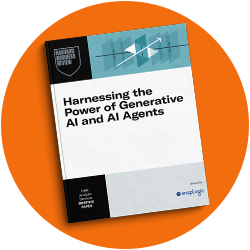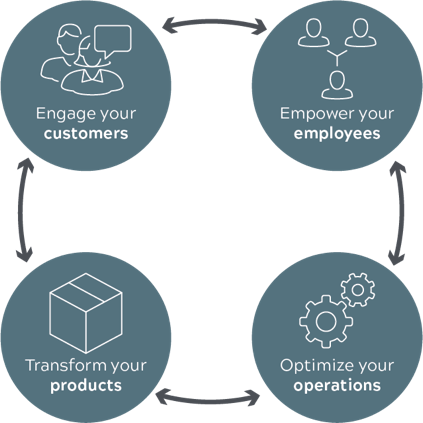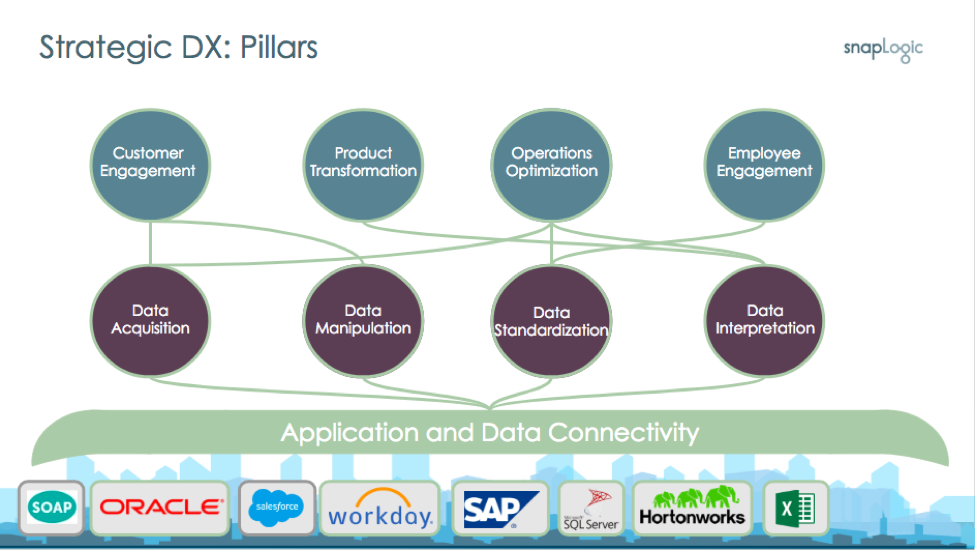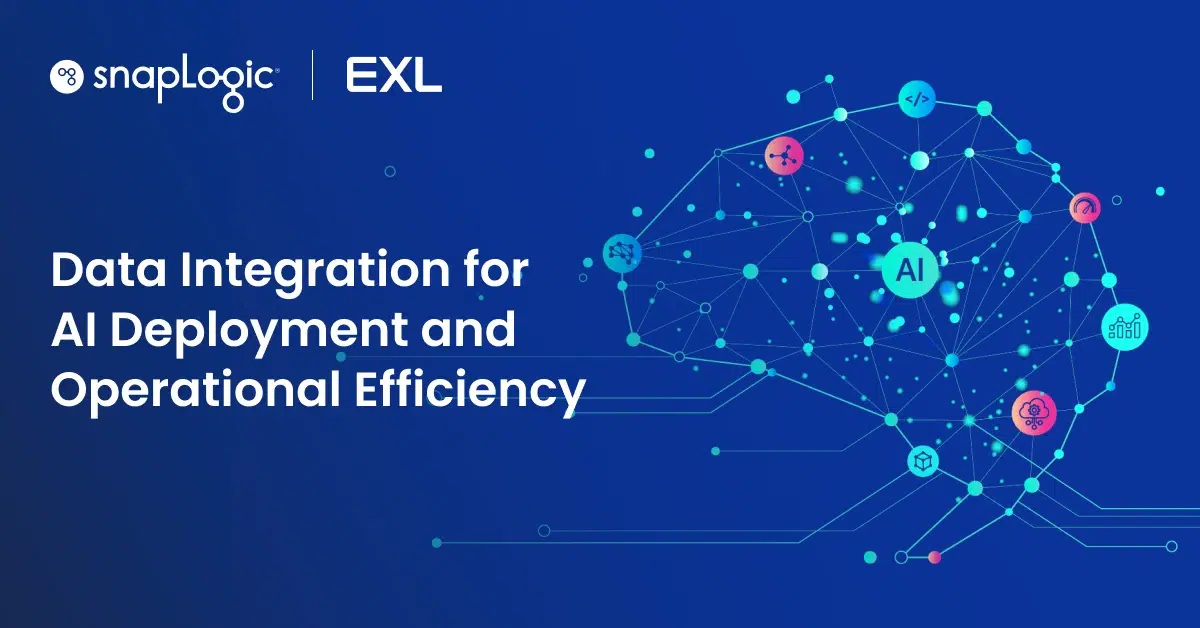Digital transformation promises a lot of benefits but rarely delivers. Why is that? It’s because organizations are adopting baseline digital transformation strategies instead of strategic ones.
There’s a significant difference between saying you’re doing digital transformation and doing STRATEGIC digital transformation. The difference between the two approaches is very important because strategic digital transformation will cost millions less, help you avoid vendor lock-in, give you the flexibility to start with projects of any size (whether small, medium, or large), and expand to additional projects that can also be of any size –all with increased cost savings and technology efficiencies (and if it’s your project, perhaps several promotions!).
Digital transformation promises
Baseline digital transformation is one-to-one upgrades, often limiting you to one of the four major benefits DX promises.
Strategic Digital Transformation can be achieved when all the data sources, users, applications, and devices are integrated for a business process or a new business model to function efficiently
Having an iPaaS unlocks that data to help you acquire, manipulate, standardize, and interpret it.
How can you tell if an organization is being strategic with its digital transformation?
Successful companies treat data as the ultimate resource when developing their digital transformation strategy. That means they have a digital transformation strategy that follows the four principles of treating data as the ultimate resource:
- They can acquire data from any resource
- They can manipulate data at any time
- They can standardize data to any requirements
- They can interpret data for any person or business unit
If a company has a digital transformation solution that allows them to do all of these four principles, then they are being strategic with their digital transformation and they have the fluidity, flexibility, and ability to achieve whatever they want with their digital transformation goals, whether it be to improve:
- Customer engagement
- Employee empowerment
- Product transformation
- Operations optimization
This is a great common philosophy that we have seen some select companies conduct, but how did they go about executing this?
An iPaaS is the perfect “bedrock” solution to help you achieve the four principles of treating data as the ultimate resource because it allows you to connect all your data, apps, and things easily and quickly. It’s not the end-all-be-all to all your digital transformation needs, but it can serve as the foundation from which you can easily acquire, manipulate, standardize and interpret data. In a nutshell, an iPaaS gives you flexibility to move and support whatever your digital transformation needs may take you.
If you’re eager to learn more about how to build a strategic digital transformation roadmap, check out the webcast where I outline these points, Considerations for a Strategic Digital Transformation Roadmap, along with Forrester Analyst, Paul Miller.














